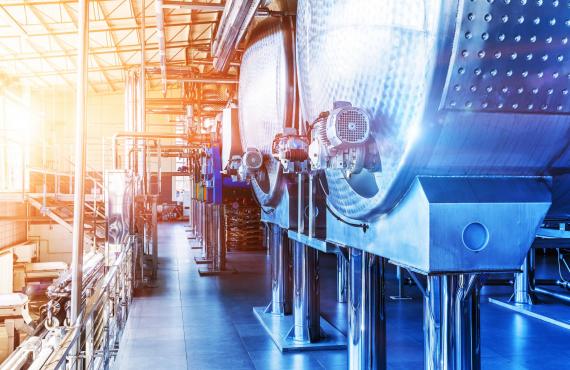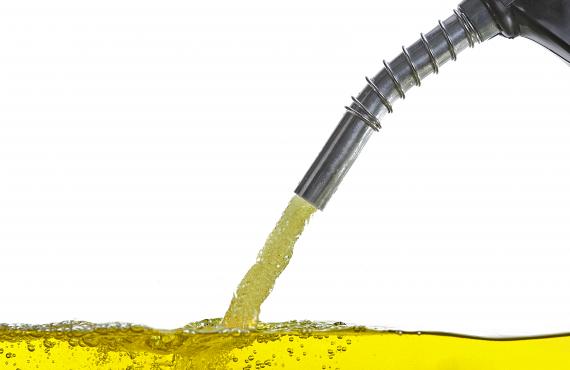Chemical
The strength of HPTLC as an analytical method for chemical applications
The different analytical tasks in the chemical and pharmaceutical industries include process control during chemical synthesis, quality control and cleaning validation. For all manufacturers of consumer goods, pharmaceuticals, or lifestyle products optimized production processes with minimized interruptions between production cycles are required. Short analysis times allowing short change-over times between different products in the same production unit are therefore in demand. With HPTLC several samples can be analyzed simultaneously and often without or just with a minimal sample preparation. HPTLC is therefore suited as high sample throughput technique at low costs per sample. It also offers the unbeatable advantage to evaluating a plate at any stage of the analytical process and using several detection modes (e.g. UV, fluorescence) in sequence, if required. CAMAG’s instrumental systems are designed to meet the expert’s needs to quantify active ingredients, to successfully analyze various types of impurities in finished products, to control the stage of a production process (in-process control), and to allow clearance of a production unit in a cleaning validation.
HPTLC is the analytical method of choice in a defined cleaning strategy of Sanofi at their API production site in Aramon (France). This approach to clean production vessels and trains can be applied for cleaning of any production plant in any field worldwide and is described in the case study “Cleaning validation at API production units”.
Another case study “Determination of monoacylglycerides in biodiesel” shows the separation and quantification of impurities in Biodiesel. Here, HPTLC offers an excellent alternative to other techniques, because no extensive sample preparation is needed for samples heavily loaded with matrix and the results of several samples and standards can be achieved inexpensively in a short time.
Prof. Dr. Vicente Cebolla and his team from the CSIC, Instituto de Carbochímiqa, in Zaragoza, Spain, investigated the content of monoacylglycerides in biodiesel (B100) and in blended diesel fuel (BX). The concentration of monoacylglycerides in BX is set at a maximum level of 0.8 wt% by the European standard UNE EN 14214:2013. Larger contents can cause obstruction in fuel filters. The same method is also suited for in-process control during biodiesel production. A total fatty acid methyl ester content lower than 98 wt% indicates inappropriate reaction conditions during the production process and correlates with the presence of impurities in the finished product.
Equip your lab with CAMAG instruments and analytical software to solve your analytical tasks in your chemical application!

